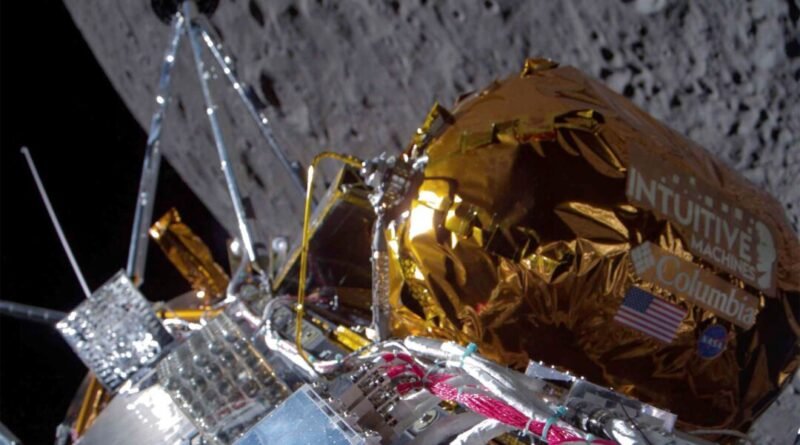NASA and Private Partners Celebrate Successful Lunar Landing
‘We were collaboratively working together to find solutions so that the spacecraft could live,’ CLPS project scientist says.
NASA and Intuitive Machines leaders proclaimed the landing of its Odysseus moon lander a complete success and shared the story of how they were able to salvage the mission after a botched soft landing.
“This is the first time in the 21st century the United States has landed equipment on the surface of the moon, and we’re getting data back,” , said Joel Kearns, deputy associate administrator of Exploration in NASA’s Science Mission Directorate.
He also credited the mission as the first bit of evidence that the Commercial Lunar Payload Services Program (CLPS) under the Artemis Program could work.
That business success was also celebrated by NASA’s private partner.
“What we’ve done in the process of this mission, though, is we’ve fundamentally changed the economics of landing on the moon and kicked open the door for a robust, thriving cislunar economy in the future,” said Steve Altemus, CEO and co-founder of Intuitive Machines, the Houston space company that built Odysseus.
Recovering the Data
Mr. Altemus and Tim Crain, co-founder and chief technical officer of Intuitive Machines, said that while a soft pinpoint landing was achieved, a combination of a lack of laser rangefinders for landing and a challenging terrain caused part of the craft’s landing gear to break and leave it leaning at a 30-degree angle.
Thanks to a rapid collaboration effort with NASA and international partners—both public and private—the company was able to regain communications with the spacecraft on low-gain antennas, and data from all payloads are being received. They did so with the help, most notably, of “the big dish” in Australia.
- Senator Cruz Tells Newsmax: Republican Party Requires a Leader Committed to Achieving Results
- NSW Health Workers Walk Out Over Excessive Parking Fees




